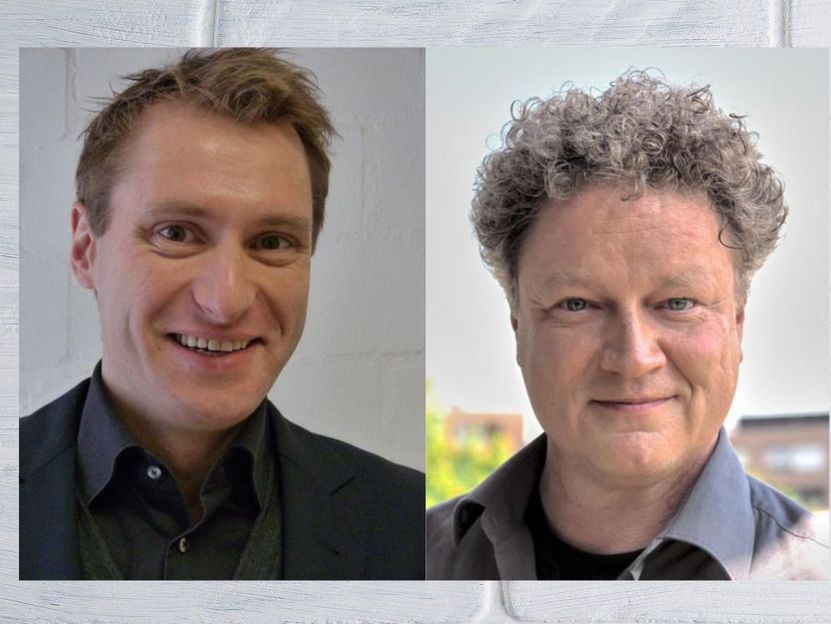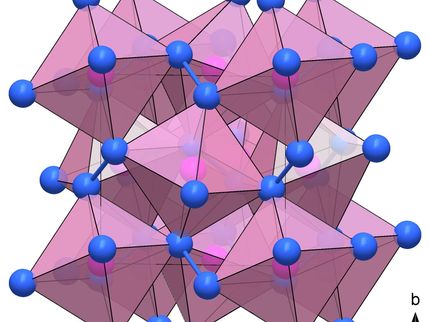How diphosphorus can be used for chemical reactions
Team from Göttingen and Frankfurt succeeds in stabilisation
Chemical syntheses of new active ingredients or functional materials are based on the use of molecular building blocks. These must be simultaneously reactive but also stable enough to enable targeted incorporation into larger molecules. A research team from the University of Göttingen and the Goethe University Frankfurt has now used the example of the diphosphorus molecule (P2) to show how such extremely unstable compounds can be used specifically for chemical reactions. The results of the study have been published in the journal CHEM.

Prof. Dr. Sven Schneider (left), Prof. Dr. Max C. Holthausen (right)
privat
"The pronounced differences between the elements nitrogen and phosphorus have long preoccupied chemists," says Prof. Dr. Sven Schneider from the Institute of Inorganic Chemistry at Göttingen University. "Despite their direct neighbourhood in the periodic table of the elements, their chemical and physical properties are very different." For example, nitrogen exists as a very stable diatomic gas N2 and is the main component of the Earth's atmosphere. In contrast, the analogous phosphorus compound does not exist under ordinary conditions because the P2 molecule polymerizes to form solid phosphorus modifications. However, these are difficult to use for synthetic purposes.
The scientists have now succeeded for the first time in stabilizing P2 at room temperature by binding it to two platinum atoms. "Stabilization as a metal complex enabled us to study the structure, chemical bonding, and also the reactivity of the P2 building block at normal conditions in detail using many methods," explains Prof. Dr. Max Holthausen from the Institute of Inorganic and Analytical Chemistry at Goethe University Frankfurt am Main. "Our results show that this method stabilizes the P2 very effectively, while the triple bond between the two phosphorus atoms and thus the typical reactivity is hardly changed." The principle used enables the production of new phosphorus compounds under controlled conditions - but an extension to neighboring elements of the periodic table is also conceivable. Organic phosphorus compounds are used, for example, as pharmaceuticals, plant protection agents or flame retardants.
The work was funded by the German Research Foundation (DFG) and the European Research Council (ERC).
Note: This article has been translated using a computer system without human intervention. LUMITOS offers these automatic translations to present a wider range of current news. Since this article has been translated with automatic translation, it is possible that it contains errors in vocabulary, syntax or grammar. The original article in German can be found here.
Original publication
Original publication
Organizations
Other news from the department science

Get the chemical industry in your inbox
By submitting this form you agree that LUMITOS AG will send you the newsletter(s) selected above by email. Your data will not be passed on to third parties. Your data will be stored and processed in accordance with our data protection regulations. LUMITOS may contact you by email for the purpose of advertising or market and opinion surveys. You can revoke your consent at any time without giving reasons to LUMITOS AG, Ernst-Augustin-Str. 2, 12489 Berlin, Germany or by e-mail at revoke@lumitos.com with effect for the future. In addition, each email contains a link to unsubscribe from the corresponding newsletter.




























































